Top 20 interesting facts about South Africa you ought to know | Details for travellers
South Africa is one of the richest countries in the world in terms of cultural and natural diversity. Over the years, the southernmost African country has become a favourite tourist destination for travellers from across the globe. This article highlights the most interesting facts about South Africa for kids and grown-ups.
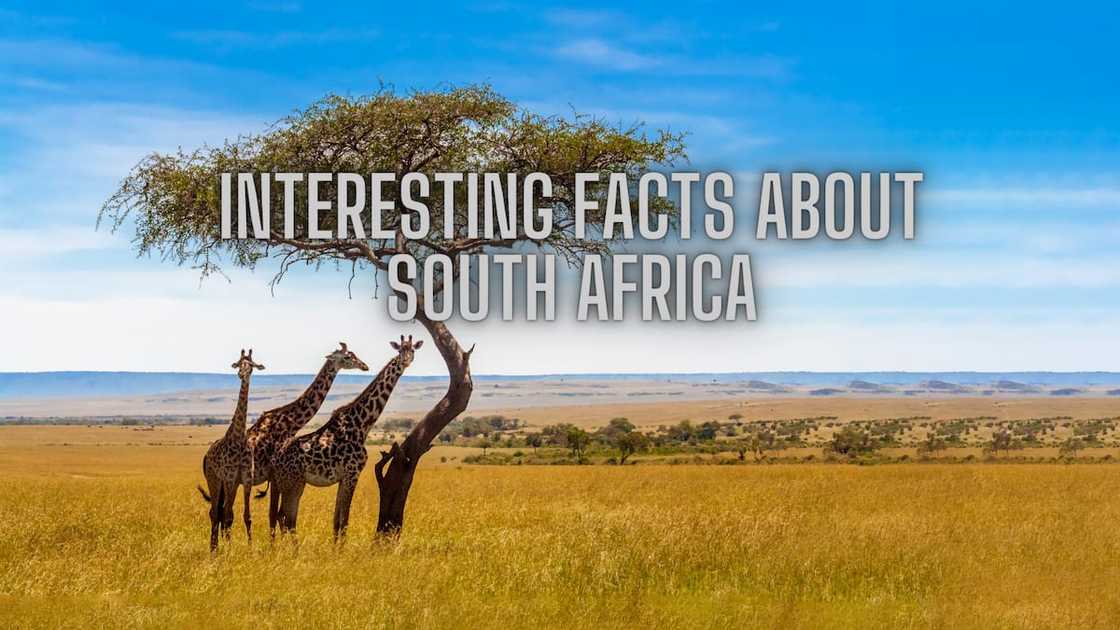
Source: Getty Images
South Africa has one of the fastest-growing economies in Africa. The nation borders Zimbabwe, Botswana, Namibia, Swaziland, Lesotho, and Mozambique and has coastlines along the Indian and Atlantic oceans.
What is South Africa known for?
Mzansi is known for many things ranging from its diverse culture, rich history, and natural landscapes. Here are the top 20 proudly South African facts that make it one of the best tourist destinations.
1. Multiple official languages
The country has 11 official languages, including isiZulu, Sepedi, isiXhosa, Setswana, Afrikaans, isiNdebele, Tshivenda, Xitsonga, siSwati, Sesotho, and English. isiZulu is the most common first language, followed by isiXhosa. Most of the country's inhabitants speak more than one national language.
2. Diverse ethnicity
Approximately 80.5% of South Africans are ethnically black Africans, about 8.8% are coloured (mixture of white and African or white and Asian), and roughly 8.3% are white. The minority are ethnic Indians making up about 2.5% of the country's population.
3. Country with most capital cities
Mzansi is the only country in the world with three capital cities, including Pretoria which hosts SA's executive branch, Cape Town, with the legislative branch, and Bloemfontein, which hosts the judicial branch.
4. First human-to-human heart transplant
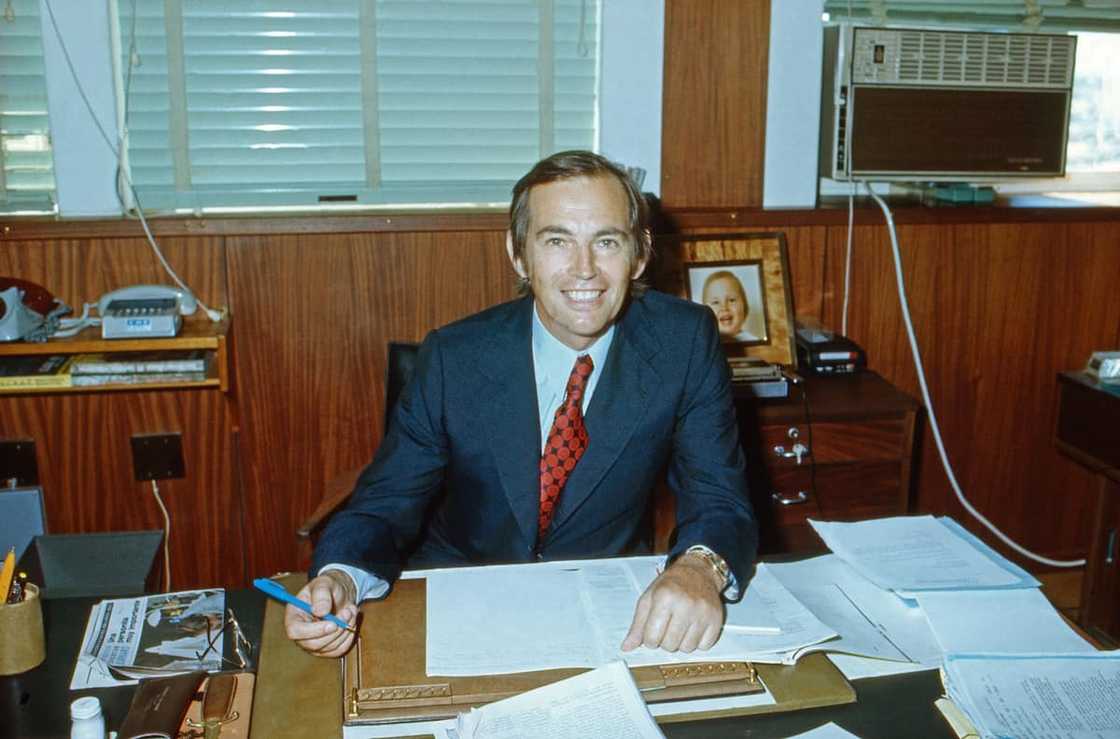
Source: Getty Images
The first human-to-human heart transplant was performed in Cape Town in 1967 by cardiac surgeon Christiaan Barnard. The patient, 54-year-old Louis Washkansky, regained full consciousness and was able to walk. He died 18 days later from pneumonia complications.
5. World's largest diamond
The world's largest known diamond, the Cullinan Diamond, was discovered in South Africa at the Premier Mine near Pretoria. The diamond weight about 1.3 pounds and had 3,106 carats.
6. Abandonment of a nuclear program
Other good things about South Africa include the fact that it is the only nation in the world to voluntarily abandon its nuclear weapons program. The development started in the 1940s and was relinquished in 1989. Later in 1993, South Africa halted its biological, missile, and chemical programs, thus ending all forms of weapons of mass destruction.
7. Oldest mountains

Source: Getty Images
Table Mountain in Cape Town is believed to be one of the world's oldest mountains, having existed for approximately 260 million years.
8. The magnificent Floral Kingdom
The Cape Florist Region is the smallest of the six Floral Kingdoms of the world and one which is wholly contained within a single country. The region has the highest concentration of plant species in the world. About 70% of the estimated 9,500 species do not grow in any other part of the world.
9. Longest wine route

Source: Getty Images
Route 62 in the wine-growing region of the Western Cape is the longest wine route in the world. It leads through Tulbagh, Wellington, Klein Karoo, Robertson, and Worcester wine regions. The route is featured among the world's best road trips.
10. Largest platinum producer
Mzansi is the largest producer of platinum in the world, accounting for nearly 70% of the world's total platinum production. The three major platinum-bearing areas include the Merensky Reef, the Platreef, and the Upper Group 2 (UG2) Reef.
11. The highest commercial bungee jump

Source: Getty Images
The Bloukrans Bridge in Western Cape is the world's highest commercial natural bungee jump. The bridge was completed in 1983 and stands at a height of 216m (708 feet) above the Bloukrans River. It covers a span of 272m (892 feet).
12. Thousands of shipwrecks
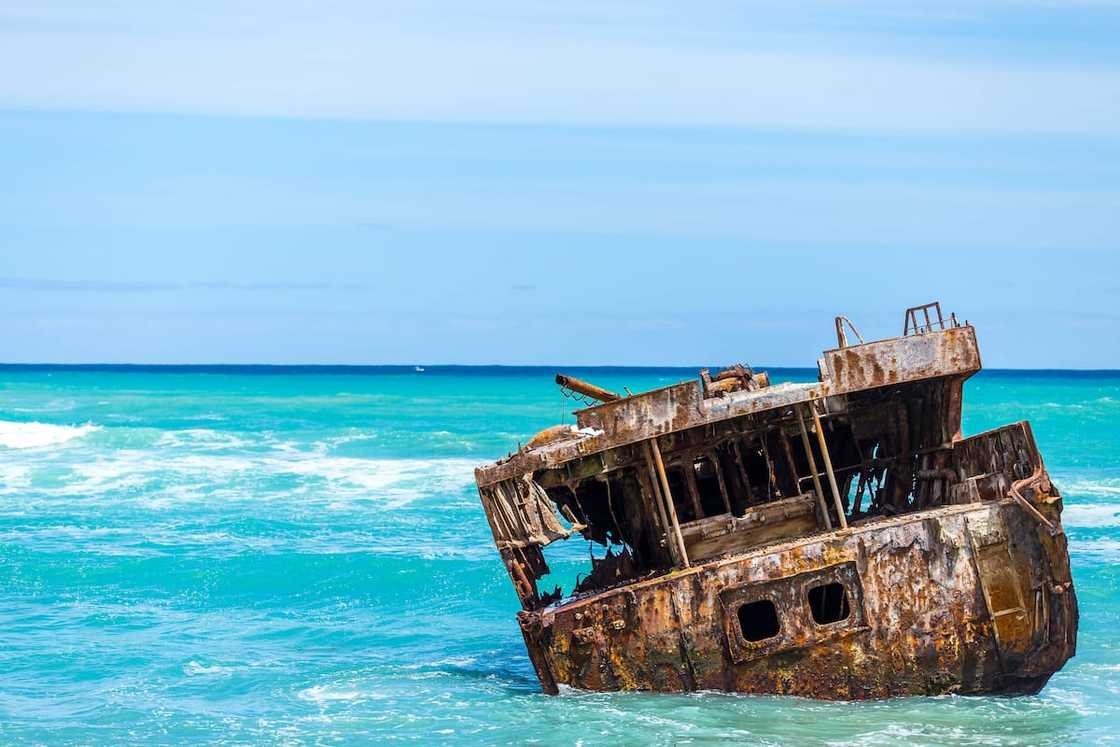
Source: Getty Images
More than 2,500 shipwrecks have occurred along the South African coast dating back to 1500 with some disappearing without a trace. The ships are from different cultures and countries. The infamous occurrence earned the Cape of Good Hope the nickname, Graveyard of Ships.
13. UNESCO World Heritage sites
Mzansi has ten World Heritage sites proclaimed by UNESCO, including;
- Robben Island in Western Cape
- iSimangaliso Wetland Park in KwaZulu-Natal
- Cradle of Humankind in Gauteng
- Ukhahlamba-Drakensberg Park in KwaZulu-Natal
- Mapungubwe Heritage Site in Limpopo
- The Cape Floral Kingdom in Western Cape
- Richtersveld Cultural and Botanical Landscape in Northern Cape
- Vredefort Dome in Free State
- Khomani Cultural Landscape in Northern Cape
- Barberton Mahonjwa Montains in Mpumalanga
14. Home to the Big Five
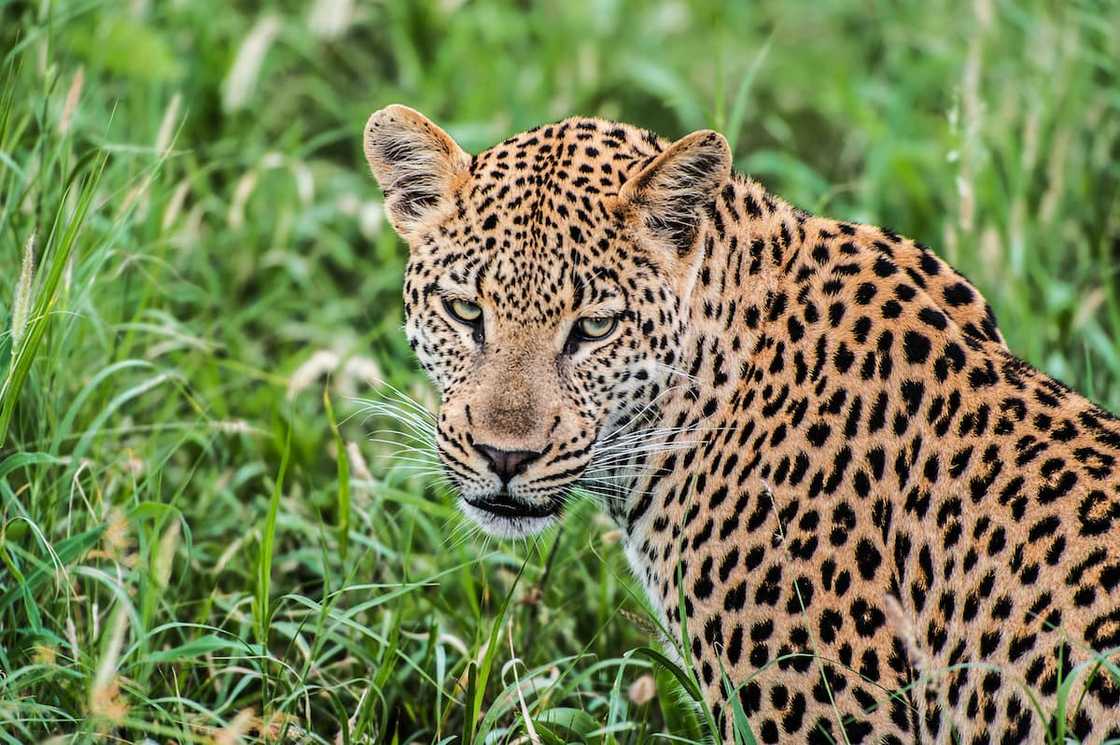
Source: Getty Images
The Big 5, namely lion, leopard, elephant, rhino, and buffalo, are among the largest tourist attractions in South Africa. These animals are considered the hardest and most dangerous to hunt on foot. Your trip will not be complete without a visit to the country's wildlife safari parks and reserves.
15. World's largest Macadamia nuts producer
Mzansi is the largest producer of Macadamia nuts in the world. The country's produce accounts for about 26% of the nuts' global exports.
16. Primary energy (chakra) centre
Cape Town's iconic Table Mountain is among the world's primary energy centres (earth chakra). It is believed to emit spiritual, electric, and magnetic energies. The spiritual chakra lines of energy balance and regulate the earth's electromagnetic field, thus stabilizing the planet's energy. Table Mountain serves as an excellent place for spiritual wellness.
17. World's deepest mines

Source: Getty Images
Mzansi's Mponeng Gold Mine is the world's deepest mine at a depth of about 4 km. The second-deepest mine is the TauTona Gold Mine at 3.9 km deep, while the third-deepest is the Savuka Gold Mine at 3.7 km deep, all located in South Africa.
18. Two Nobel Peace Prize winners from the same street
South Africa is the only country in the world where two Nobel Peace Prize winners, Archbishop Desmond Tutu and Nelson Mandela, resided on the same street namely the Vilakazi Street in Soweto. Nelson Mandela's house on Vlakazi is now a museum.
19. Cape Agulhas
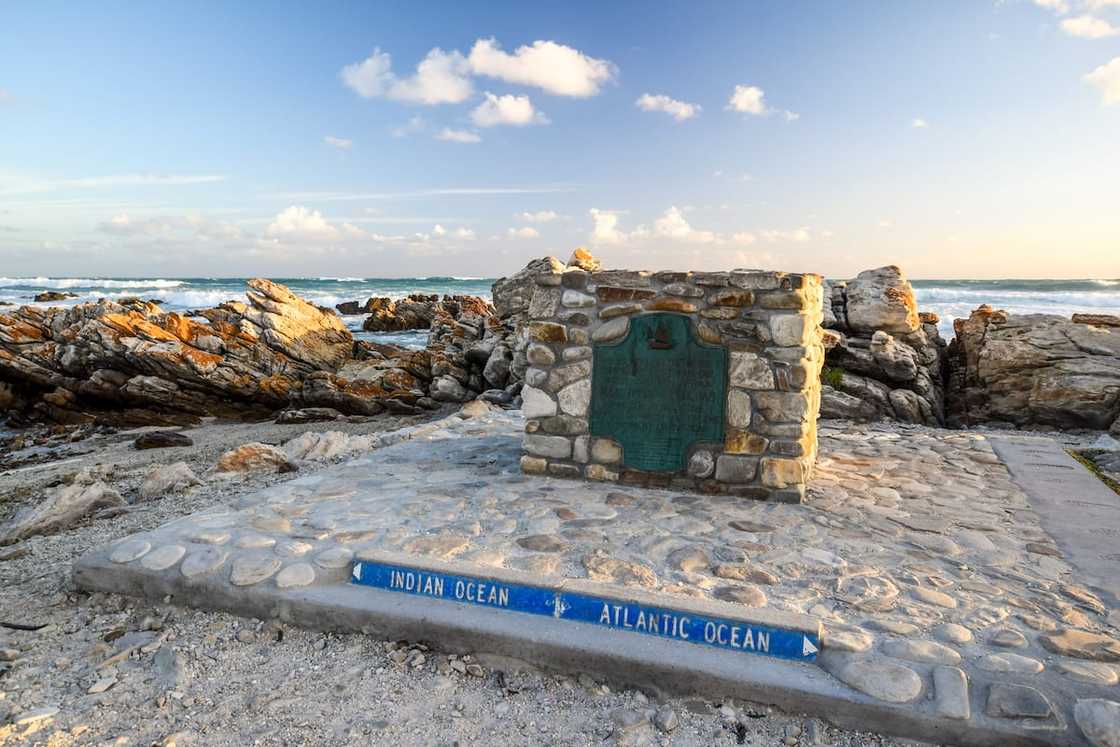
Source: Getty Images
Cape Agulhas in Western Cape is the southernmost point of the African continent and the start of the official dividing line between the warm Indian and the cold Atlantic oceans. The tip earned the Cape of Needles because the point shows no real deviation between the true north and the magnetic south.
20. The sardine run

Source: Getty Images
The South African annual fish migration (the Sardine Run) is so massive that it can be seen from satellites in space. The Sardine Run happens between May and July of every year. Millions of small silver fish in big shoals that could measure as far as 15 km long, 3.5 km wide and up to 40m deep travel from the cold waters off SA's Cape Point up to the coastlines of the northern Eastern Cape and southern KwaZulu-Natal.
Numerous interesting facts about South Africa make it the best country to visit at any time of the year. Whether you want to enjoy the longest wine route in the world, test your adrenaline by jumping from the highest bungee jump, or watching the magnificent Sardine Run, Mzansi is the best place to vacation for the ultimate adventure.
READ ALSO: What is the most dangerous car in the world in 2022? Top 20 list
Briefly.co.za highlighted the most dangerous cars in the world, according to the Insurance Institute Highway Safety (IIHS) report and the National Highway Traffic Safety Administration (NHTSA) safety ratings. A survey conducted by the IIHS reveals that small cars are less safe compared to big cars.
When driving a car with poor safety ratings, the driver is likely to die or sustain serious injuries in case of a crash. The Ford Fiesta model released in 2017 and earlier models are considered the most dangerous, having recorded 141 driver deaths per million registered vehicle years.
Source: Briefly News

